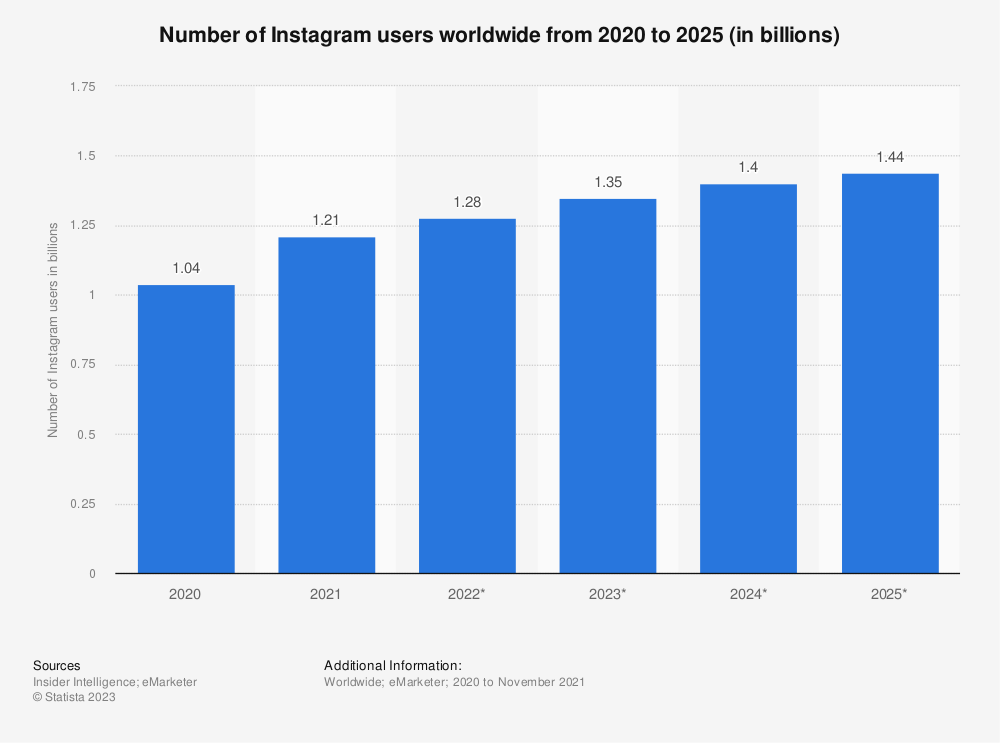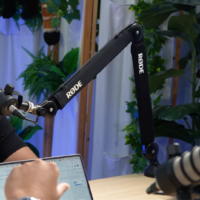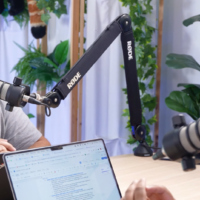Are you sitting there, thumbing through your social media options, feeling a mix of intrigue and overwhelm? You’re not alone. Many just like you, grapple with the question: “Instagram or Facebook? Or maybe both?” It’s an essential question, especially when resources – both time and money – are on the line. But which is right for your business?
You might be wondering, “Isn’t it best to cast a wide net and be on both platforms?” Or perhaps you’ve pondered, “I’ve heard younger audiences are primarily on Instagram – is that a myth or reality?”
These questions, while seemingly simple, have layers that can shape the direction of your brand’s online presence.
In this article, you will learn the specifics that differentiate Facebook from Instagram. By understanding demographics, ad capabilities, and the potential ROI of each platform, you will find clarity and gain insights on where your brand should invest its energy.
But why trust this information? Because it’s not just theory; it’s based on real-world results and a thorough understanding of the intricacies of each platform. We’ve worked on Facebook and Instagram for many clients (including ourselves), so we’ve got a grasp of the differences between the two and the factors to consider when making your decision.
Facebook vs Instagram Demographics Comparison
When choosing between Facebook and Instagram, understanding your target audience and where they hang out is vital. So, let’s break down the demographics of each platform:
Facebook:

- Monthly Active Users: 16 million (Social Media News, 2023)
- Largest Age Group: Facebook’s user base spans various age groups. However, the majority of it’s users are between the ages of 25-34. This suggests that Facebook remains a crucial platform for businesses targeting a more mature audience
- Gender: Both males and females are well-represented, with a slight male dominance – 53% female and 47% male (Genroe, 2023)
- Time Spent Per Day per user: 1.7 hours (Facebook)
Key Takeaways for Facebook:
- Time spent on Facebook continues to fall as overall social media usage grows
- Following 2022’s social media demographic data, younger users continue to flock to TikTok, Snapchat and Instagram
- However, Facebook accounts for the bulk of Meta’s ad revenue versus Instagram (58% to 41.5% of $121.9 billion).
Instagram:


- Monthly Active Users: 10 million (Social Media News, 2023)
- Largest Age Group: In Australia, 25-34 year olds make up the majority of users on Instagram, closely followed by 18-24 year olds. Globally, 18-24 year olds make up 30.8% of the users and are the largest group (Sprout Social, 2023). Like Facebook, Instagram also has the majority of its audience between the ages of 25-34
- Gender: Like Facebook, there is a slight female dominance but this is not significant (57% female and 43% male)
Key Takeaways for Instagram:
- Instagram saw a small (but notable) flip in its age demographics. The platform boasts a slightly larger percentage of Gen Z users versus Millennials (globally)
- As far as social media age demographics go, Instagram maintains a firm hold on both Gen Z and Millennial generations — these groups make up roughly two-thirds of their base globally and take second place as an age group in Australia
- With Instagram doubling down on reels to compete with TikTok, reels have reportedly driven the most engagement on the platform. Short form content that resonates with younger audiences is the way to go on Instagram
- Recent Instagram stats signal the platform’s shift to becoming an e-commerce hub. However, the app is still figuring things out as it revamps its social shopping features.
What does this mean?
Ask yourself, “Where does my ideal customer spend their time?” If you’re aiming for a younger, visually engaged crowd, Instagram should be your go-to.
But if your product or service aligns with a more mature audience or requires community engagement, Facebook might offer the better return.
Now, let’s dive deep into the advertising capabilities of each platform.
Facebook vs Instagram Ad Capabilities Comparison

Facebook and Instagram Ads are run on the same platform, since they’re both owned by the same company, Meta.
This means that the capabilities to advertise across both platforms are essentially the same, when it comes to audience targeting, campaign setup, optimisation and so on.
So then, what’s the difference between Facebook and Instagram Ads?
1. Ad Placement:
Ultimately, the biggest difference between the two is ad placement. When setting up a campaign on Meta, you can choose where your ads appear. For example, you might choose to show your ads on Facebook News Feed, right-hand column on Facebook, or Facebook Stories. On the other hand, you might choose to push your ads across Instagram Explore, Instagram Feed, or Instagram Reels. You can of course choose to use all placements. Here’s a list of all the placements available when you advertise on Meta.
The placements that are available for Facebook differ from those available for Instagram, simply because of the nature of the platforms. For example, there is no right-hand column placement for Instagram.
2. Audience Demographics:
Simply put, a large percentage of Facebook’s user base are older in comparison to Instagram, which boasts a predominantly younger audience. You should therefore consider who your target audience is before choosing whether to use both or one platform for advertising.
3. Purchasing Intent:
With Instagram’s move to becoming an e-commerce hub, it’s only natural to imagine that purchasing intent may be higher on Instagram. The stats actually tell us a different story though – that a greater number of users made a purchase in 2022 on Facebook than on Instagram (63.5 million for Facebook and 41 million for Instagram).
So, when it comes to Facebook and Instagram with regards to purchasing intent, the stats tell us that you may get more value out of Facebook, but we know that Instagram is moving to becoming an e-commerce hub, so it might be worth investing in that space if you’re an e-commerce brand. On top of this, statistics suggest that for Gen Zs, Instagram is the top social commerce platform, with 22% of Gen Z purchases being made on Instagram (followed by 20% from Facebook, 19% from YouTube and 12% from TikTok).
So, to sum up, Facebook has more users purchasing overall, but Instagram has more Gen Z users purchasing and is better suited to ecommerce sales in general.
Facebook vs Instagram: Making Your Choice
Both platforms offer distinct advantages. If you’re seeking brand awareness among younger audiences and industries that thrive on visual appeal, Instagram might offer a better ROI.
However, if your strategy is geared towards a wider audience, and community building, Facebook may be a more suitable platform.
Your choice should be guided by where your target audience spends most of their time and how they like to engage with brands.
In our experience, for many businesses, a balanced approach—leveraging the strengths of both platforms—often yields the best results.
Ultimately, if you’re producing relevant, targeted and high-quality content consistently then you’re moving in the right direction.
If you enjoyed this article, then check out our podcast on how we produce over 50 pieces of social media content per week.













